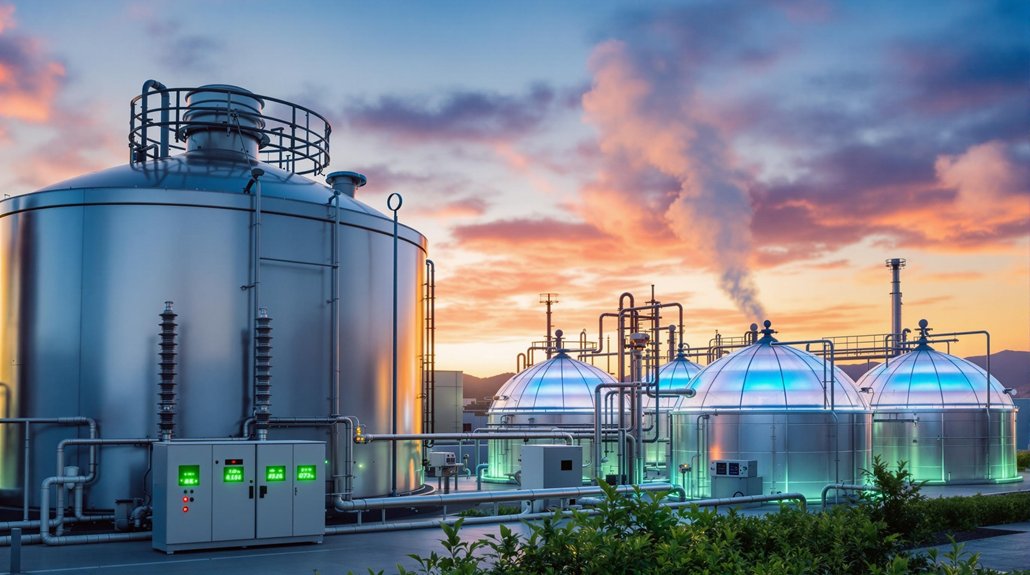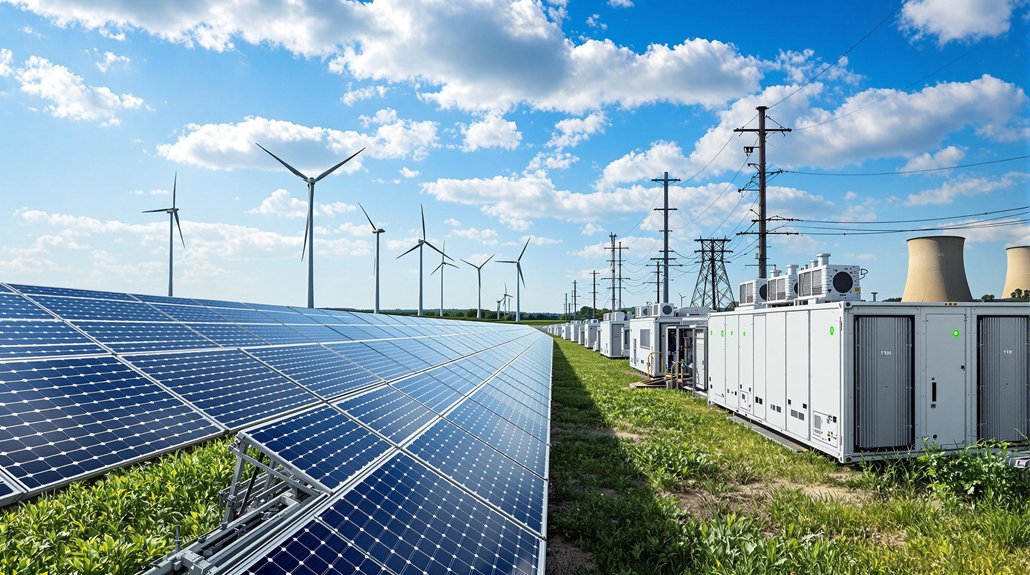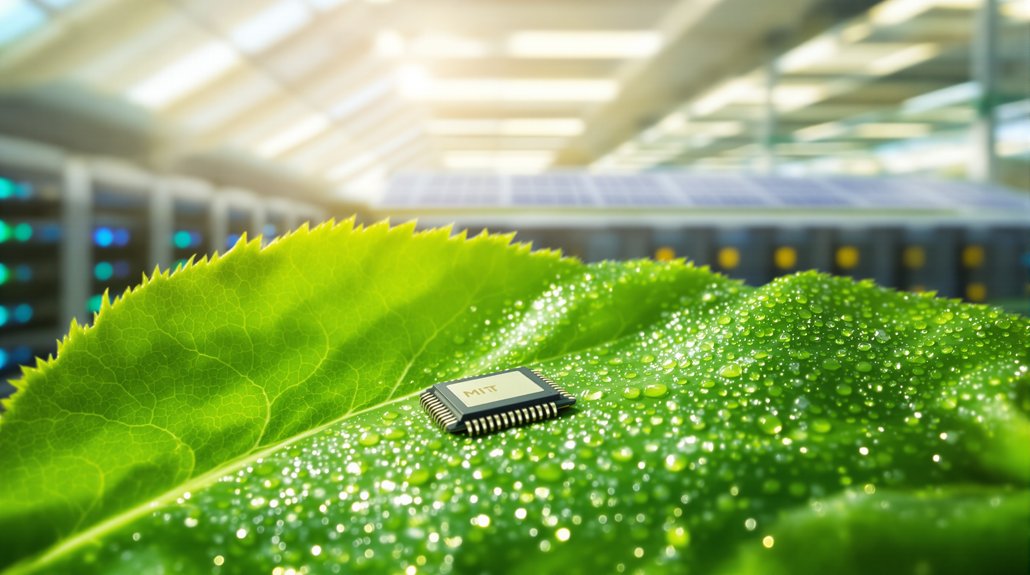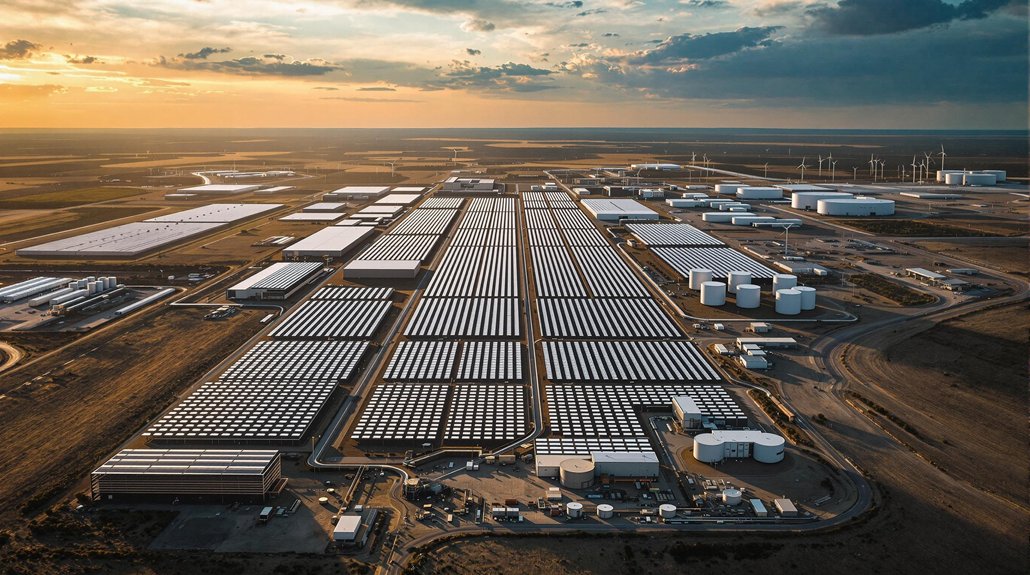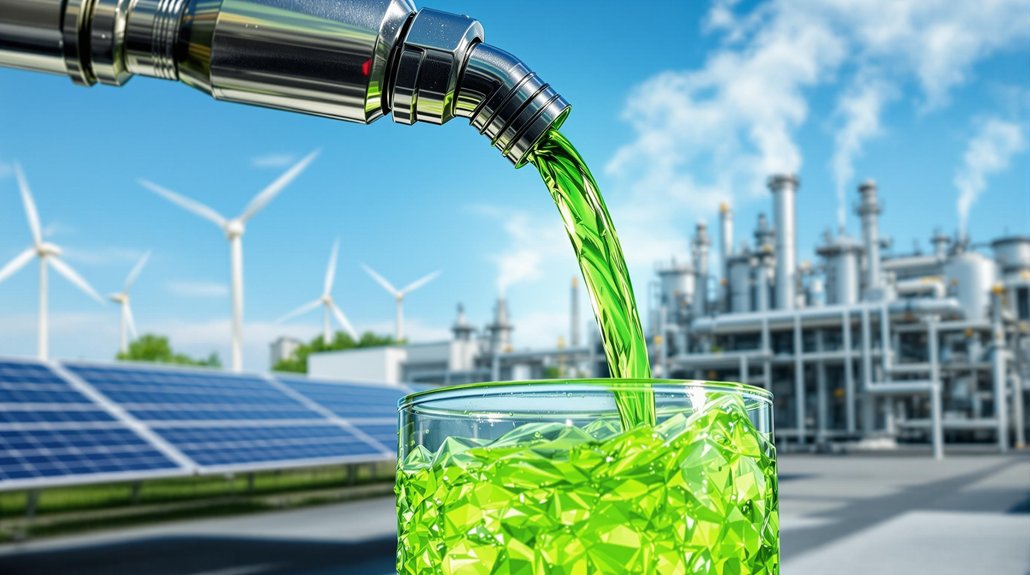Human waste is turning into clean power across the country. Wastewater treatment plants now capture methane from sewage and convert it to electricity. This process isn’t just good for the environment—it’s saving money too. In California, some facilities generate enough energy to run their operations completely off-grid. Scientists are working to make these systems even more efficient. The next time you flush, your contribution might help power someone’s home.
While most people think of human waste as something to flush and forget, it’s actually becoming a valuable resource for clean energy production. Through a process called anaerobic digestion, toilet waste breaks down without oxygen and creates biogas. This gas contains methane that can be used just like natural gas for heating homes, generating electricity, or even powering vehicles.
Cities around the world are turning their sewage treatment plants into energy producers. When biogas is captured from sewage, it prevents harmful methane from escaping into the atmosphere. The gas is then refined and used to run the treatment plants themselves or sent to the local power grid. Portland’s “Poop to Power” program is one example of how cities are using this technology on a large scale. A newer technology called Hydrothermal Carbonization (HTC) operates like an industrial pressure cooker to convert waste into coal-like compounds, offering another pathway for waste-to-energy conversion.
The benefits go beyond just creating energy. The process also produces digestate, a nutrient-rich material that farmers can use instead of chemical fertilizers. This creates a complete cycle where waste becomes both energy and food production resources. A special technique called thermal hydrolysis can increase the amount of methane produced, making the system even more efficient. Systems like HomeBiogas Bio-Toilet Kits offer individuals an opportunity to experience this sustainability cycle with off-grid living solutions that require no sewerage or electricity connection. Similar to geothermal energy, these waste-to-energy systems provide a constant energy supply regardless of weather conditions.
For people living without access to sewers, smaller biogas systems offer solutions too. Home biogas kits allow families to convert their waste into cooking gas. These systems are especially valuable in rural areas where traditional energy sources are expensive or unavailable.
The environmental impact is significant. Using biogas from human waste is considered carbon-neutral because it captures methane that would otherwise contribute to climate change. It also reduces dependence on fossil fuels and helps communities meet their renewable energy goals.
The economic case is compelling too. Treatment plants can lower their operating costs by generating their own power. Communities save money on energy bills, and farmers spend less on fertilizers when digestate is available.
As technology improves and awareness grows, toilet waste is increasingly seen not as a problem to dispose of, but as a valuable resource in the clean energy transformation.
